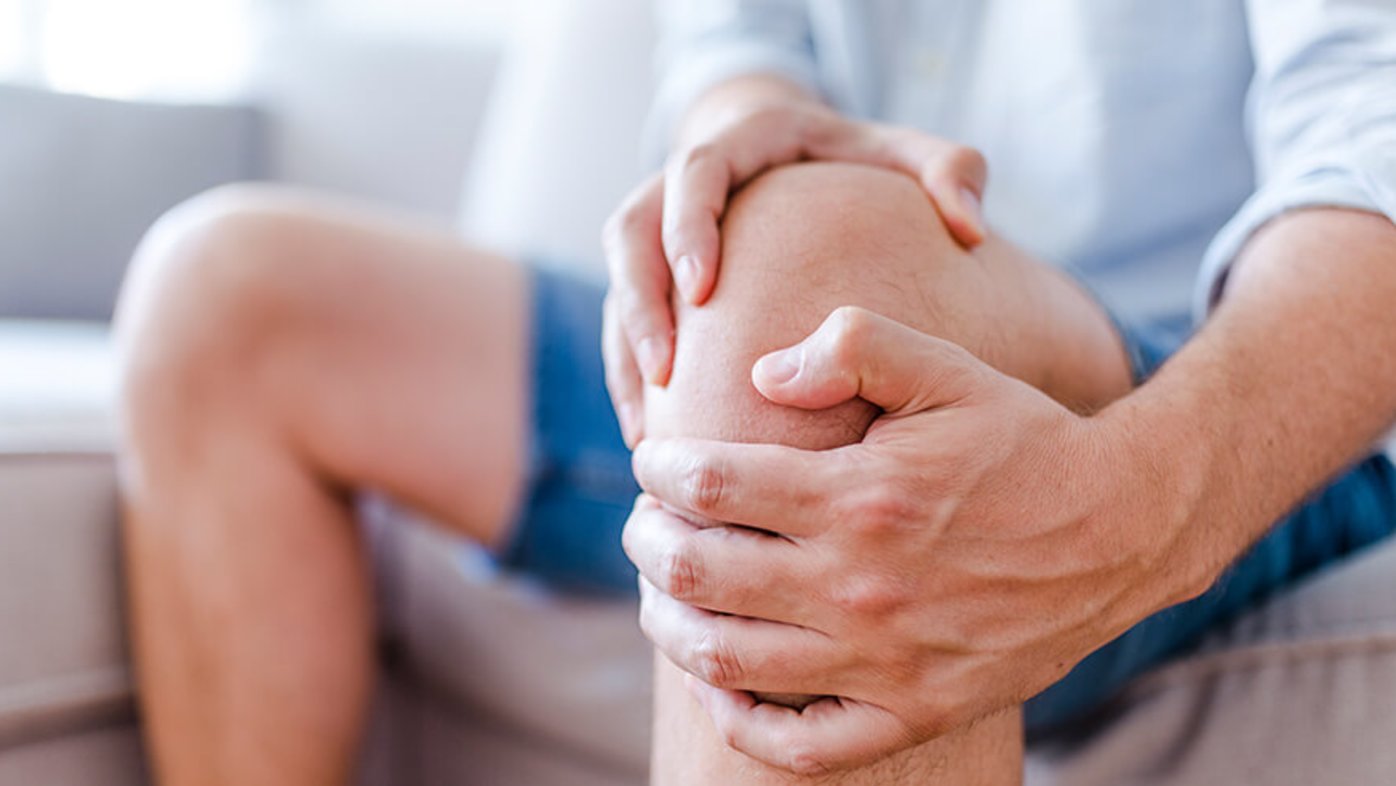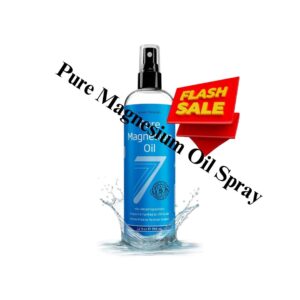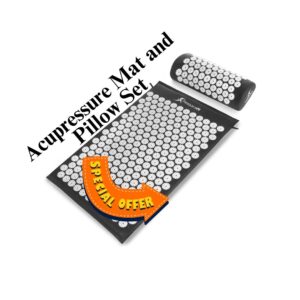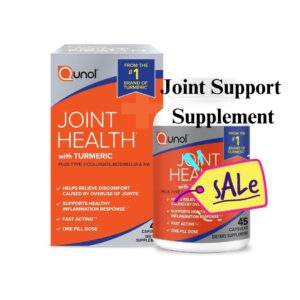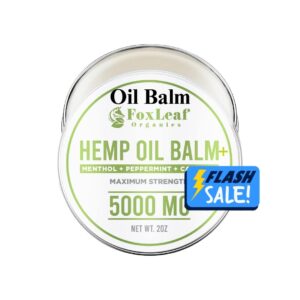Access savings on related medications
Joint pain can occur anywhere in the body. And you can have joint pain for a variety of different reasons ranging from osteoarthritis and gout to common strains and sprains. No matter the cause, joint pain can be nagging and disruptive to your normal life and activity. That leaves many people looking for quick joint pain relief.
Oral nonsteroidal anti-inflammatory drugs (NSAIDs) work well for joint pain, but they have side effects. They often irritate the stomach lining, and they can be hard on the kidneys. Fortunately, if you have joint pain, there are other options you can consider. Topical creams and patches can also be safe and effective alternatives for arthritis pain.
What works best for joint pain relief?
There are several different options available for joint pain relief. Let’s take a closer look at some of the joint pain treatments that tend to work best.
1. Diclofenac
Diclofenac is an NSAID that comes in several topical forms. It’s often used for bone, joint, and muscle pain. Topical versions of diclofenac come in three forms.
Patch: Flector is a prescription diclofenac patch and it’s typically applied to the affected area twice a day. Studies suggest it’s the most effective topical NSAID for pain relief. A generic version isn’t available, which means this pain relief patch can be expensive. And it’s not always covered by insurance. Make sure you shop around for the best price.
Gel: Voltaren is a topical diclofenac gel that’s also available over the counter (OTC). It’s indicated for temporary relief of arthritis pain in certain areas of the body: hands, wrists, elbows, knees, ankles and feet. The gel is typically more affordable than the patch form and may be easier to use on smaller joints in the hands or feet.
Solution: Diclofenac also comes as a prescription topical solution. It’s FDA-approved to treat osteoarthritis pain in your knees. The typical dosage is 40 drops of solution to the painful knee four times a day. It’s also available as a lower-cost generic version.
2. Lidocaine
Lidocaine is a local anesthetic patch. This means it provides temporary pain relief to the area where it’s applied. This medication is available in prescription and OTC — differing only in their strength.
Lidocaine 5% patches (Lidoderm): These prescription pain patches are FDA-approved to treat nerve pain from shingles (post-herpetic neuralgia). But your healthcare provider might prescribe it off-label to help with arthritis pain. Lidocaine 5% patches are applied to the skin for up to 12 hours within a 24-hour period.
Lidocaine 4% patches: These patches are indicated for temporary pain relief and are available OTC. You can leave one lidocaine 4% patch on for up to 8 hours at a time, and should use them no more than three to four times a day. Be sure to only use one patch at a time.
The OTC patches are typically more affordable than the lidocaine 5% patches. But you may want to compare the prices of both patch strengths, with and without a prescription. You may also be able to save on the 4% patches if you have a prescription, even though it’s not necessary.
3. Vitamins and supplements
The data on vitamins and supplements for arthritis pain is mixed. For every study that shows pain improvement, there’s another that shows no effect. That being said, many people report joint pain relief using supplements. Some of the most commonly used vitamins and supplements for joint pain are:
Glucosamine and chondroitin: These supplements come from cartilage of animal bones. Glucosamine and chondroitin can be found in combination, or they can be used individually. Together they may help with joint pain, though the evidence isn’t compelling.
Vitamin E: There’s some evidence that vitamin E may help prevent or slow down osteoarthritis. And it may help with joint pain. Again, the data isn’t certain. More studies are needed, but it may be helpful for some people.
Vitamin D: Just like vitamin E, there’s some evidence that vitamin D may help with joint pain — especially osteoarthritis. More research is needed to conclude how useful vitamin D can be for joint pain relief.
Curcumin: Turmeric is an orange-colored spice used in foods that has an active chemical, curcumin. Curcumin has anti-inflammatory action and may help provide relief for joint pain.
4. Natural relief
There are several natural methods of joint pain relief that some people find helpful. The most common natural treatments for joint pain include:
Massage: This is thought to relieve arthritis pain by improving circulation and reducing inflammation. Massage also relieves tension in muscles surrounding sore joints.
Heat therapy: Heat therapy may help improve circulation and reduce inflammation.
Range of motion exercises: Certain range of motion exercises have shown promise as being helpful for joint pain. But it’s important to do exercises correctly.
Whirlpool hot tub baths: Research has shown that whirlpool hot tub baths and warm water soaks improve joint pain and stiffness.
Acupuncture: This may be an effective technique for reducing joint pain, but more research is needed. Right now, the data is mixed, but it might be worth trying acupuncture. Keep in mind that it may take a few weeks and several treatments before you notice results.
5. Arthritis creams
OTC creams for joint pain can be almost as effective as oral medications. They have the advantage of being applied directly to the site of joint pain so they don’t act throughout your entire body. If your pain is mild and localized, this could be a good option for you to try.
Common OTC arthritis creams include:
Capsaicin: This arthritis cream is based on an active ingredient found in chili peppers. It works for joint pain by decreasing your sensation of pain in the affected area.
Icy Hot, BenGay: These are menthol-based arthritis creams that help to increase blood flow to inflamed areas. This can help to give arthritis pain relief.
Aspercreme: This medication contains an ingredient similar to aspirin. It can decrease the pain and swelling of inflamed joints.
Baker’s Best Arthritis Pain Relief: This is a histamine cream marketed to relieve joint pain. It’s not entirely clear why it works. It may offer pain relief by increasing blood supply to the area.
When should I contact my healthcare provider about joint pain?
Most people will have joint pain at some point in their life. But there are times when you should make a trip to your healthcare provider. Some of the signs you might need to get care for your joint pain are:
Your pain is severe, or doesn’t get better in a few days.
You have redness, warmth, or swelling of the joint.
You’re unable to move the joint normally.
You notice a rash or fever along with your joint pain.
Your joint looks deformed or misshapen.
Your joint pain is caused by an injury.

